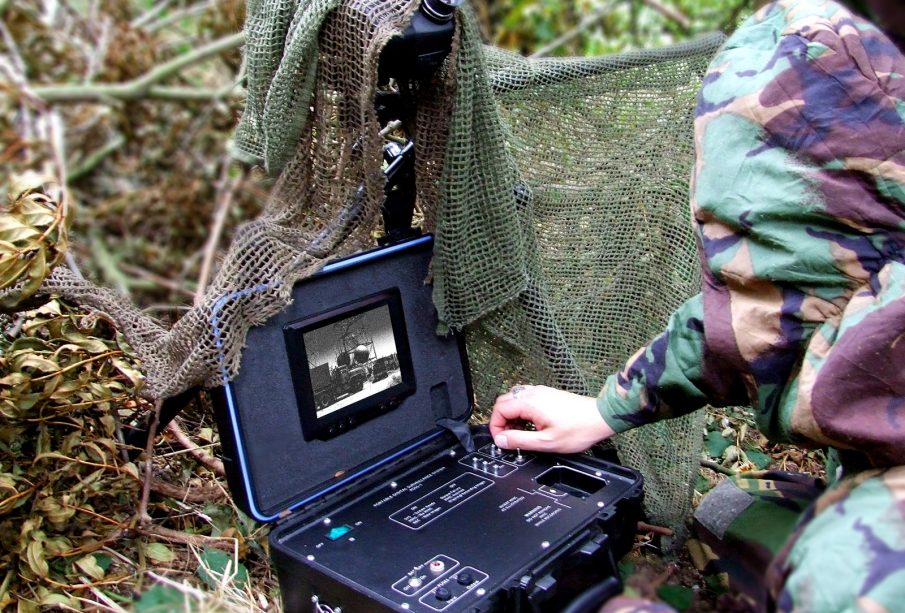The Future of Forensic Technology: A Leap Forward with Digital Forensic Investigation

In an era where technology evolves at a blistering pace, the field of forensic investigation is not left behind. Forensic technology has seen remarkable advancements, transforming the way investigations are conducted and evidence is analyzed. Among the forefront of these innovations is digital forensic investigation, which has revolutionized how digital evidence is retrieved, analyzed, and utilized in solving crimes. In this article, we delve into the cutting-edge solutions that are shaping the future of forensic investigations.
The Rise of Digital Forensic Investigation
Digital forensic investigation is a branch of forensic science focused on uncovering, preserving, and analyzing data from digital devices. This includes computers, smartphones, tablets, and any device capable of storing digital information. With the proliferation of technology in everyday life, the amount of digital evidence available in criminal investigations has grown exponentially.
Traditional forensic methods are no longer sufficient to handle the complexities of modern digital evidence. This has led to the development of sophisticated tools and techniques designed specifically for digital forensic purposes. These advancements allow forensic investigators to uncover vital evidence that might otherwise go unnoticed.
The One Box Solution: A Game-Changer in Forensic Technology
One of the most exciting developments in forensic technology comes from a collaboration between the Government’s Center of Applied Science & Technology and the ACPO ITS. They initiated a project that challenged vehicle manufacturers and technology partners to create a “one box solution” for the police force of the future.
Key Features of the One Box Solution
The one box solution aims to integrate a comprehensive suite of operational tools into police vehicles. This ambitious project includes several state-of-the-art features:
- CCTV Integration: High-definition cameras mounted on the vehicle provide real-time surveillance, crucial for capturing live incidents and monitoring situations from a safe distance.
- Facial Recognition: Advanced facial recognition technology helps identify suspects and missing persons quickly and accurately, enhancing the efficiency of field operations.
- Digital Evidence Retrieval: A robust system for collecting and storing digital evidence on the go. This includes everything from traffic stops to major crime scenes, ensuring that vital information is preserved and accessible.
- Advanced Mapping: Cutting-edge mapping technology provides real-time navigation and geospatial intelligence, aiding officers in navigating complex environments and planning strategic operations.
- Communication Suite: The integration of multiple communication platforms such as WiFi, 4G, 3G, and satellite communication ensures that officers remain connected and informed, regardless of their location.
How Digital Forensic Technology Enhances Investigations
Digital forensic technology offers numerous advantages that significantly enhance the capabilities of law enforcement agencies. Here are some ways in which these technologies are making a difference:
Speed and Efficiency
Traditional forensic methods often involve lengthy processes that can delay investigations. Digital forensic tools, however, can rapidly analyze large volumes of data, enabling investigators to draw conclusions faster and act swiftly on crucial leads.
Accuracy and Precision
Modern digital forensic tools employ advanced algorithms techniques to analyze data. This results in more accurate and precise findings, reducing the chances of human error and increasing the reliability of the evidence.
Comprehensive Data Analysis
Digital devices contain a wealth of information that can be vital in criminal investigations. Digital forensic tools can extract and analyze data from various sources, including emails, text messages, social media, and more. This holistic approach ensures that no piece of evidence is overlooked.
Enhanced Collaboration
The integration of communication platforms within the one box solution fosters better collaboration among law enforcement agencies. Information can be shared seamlessly, ensuring that all relevant parties are kept informed and can contribute effectively to the investigation.
Real-Time Surveillance and Response
The combination of CCTV, facial recognition, and advanced mapping allows for real-time surveillance and quick response to incidents. This is particularly useful in situations where time is of the essence, such as tracking suspects or responding to emergencies.
Case Study: The Impact of Digital Forensic Technology
To illustrate the impact of digital forensic technology, consider a case where a suspect was involved in a series of cybercrimes. Traditional investigative methods struggled to pinpoint the suspect due to the sophisticated nature of the crimes. However, with the implementation of advanced digital forensic tools, investigators were able to:
- Trace the suspect’s online activities: By analyzing digital footprints, including IP addresses and metadata, investigators identified the suspect’s location and activities.
- Retrieve crucial evidence: Digital forensic tools extracted deleted emails, hidden files, and encrypted messages, providing irrefutable evidence of the suspect’s involvement.
- Facilitate collaboration: Real-time communication allowed law enforcement agencies across different jurisdictions to work together seamlessly, leading to the suspect’s swift apprehension.
This case highlights the transformative power of digital forensic technology in solving complex crimes and bringing perpetrators to justice.
The Future of Forensic Technology
As technology continues to evolve, so too will the tools and techniques used in forensic investigations. Future developments may include even more sophisticated algorithms for data analysis, enhanced capabilities for predictive policing, and further integration of biometric technologies.
The one-box solution is just the beginning. With continued innovation and collaboration, the future of forensic technology holds immense potential to revolutionize law enforcement, making our communities safer and more secure.
In conclusion, digital forensic investigation and cutting-edge forensic technology are reshaping the landscape of criminal investigations. The integration of advanced tools within police vehicles through the one-box solution exemplifies how technology can enhance efficiency, accuracy, and collaboration in law enforcement. As we look to the future, these innovations promise to unlock new possibilities and pave the way for a safer world.















